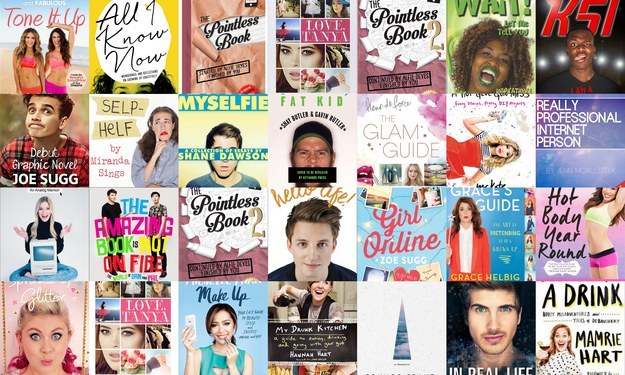Out of home advertising (OOH) is increasingly known for its digital screens but what do businesses need to know what the impact will be on marketing activity post-GDPR?
Challenges with online advertising
With GDPR requiring organisations to provide stringent opt-ins from consumers and the “right to explanation” on how their data is and has been used it’s set to have the biggest impact on anyone carrying out online advertising and email campaigns.
As most businesses target and engage with prospects and customers online it’s important they consider alternative media routes.
But which offer the greatest opportunities to ambitious businesses in the era of GDPR?
Direct mail is becoming more expensive with postal costs increasing. Print advertising is becoming less attractive as the reach of the newspaper and magazine market continues to decrease. TV advertising remains expensive.
Out of home (OOH) advertising is evolving beyond traditional print posters at the side of busy roads and in the high street, as it experiences its own ‘digital revolution’ with an increase in the number of digital screens. It has the potential to be a good alternative in the GDPR age and requires further investigation.
1. Explosion in digital out of home (DOOH advertising)
OOH advertising has been, in the past, perceived as expensive, lacking in measurable data and generally difficult to enter. This is no longer the case, because it’s experiencing great change as a result of digitisation.
The growth in digital screens in the UK from about 2,000 in 2009 to 17,000 in 2017 is opening up exciting new opportunities for businesses by offering a raft of new ‘broadcast’ opportunities that makes DOOH much more sophisticated and provides access to new routes to market.
For example:
- Geo-targeting for moving media – targeting creative messages to specific parts of a town or city via digital screens on taxis and buses
- High fidelity day part targeting – stops wastage by offering businesses the ability to target commuters during core times of day, such as a restaurant the ability to run different creative for breakfast, lunch and dinner on the same digital screen
- Facial recognition – the ability to deliver a different creative message to men and women as they walk past the digital screen
- Live social media feeds – enables people to change the content on a screen by messaging through a social media channel
- Temperature triggers – allows the creative message to change if the temperature moves above or below a certain level
- A wide range of other functionality, including – geo-targeting by TV region, postcode and demographic, and targeting using first and third-party data all facilitate the ability to deliver better and much more relevant advertising campaigns
It’s functionality that generates standout. You only have to look at recent research on advertising recall which highlights the boost brands can generate using OOH, particularly DOOH, which was ranked the best media in delivering ad recall.
2. Audience targeting and the negligible impact from GDPR
GDPR has minimal impact on DOOH, because the data required to power it is already anonymised and GDPR compliant. It also has no bearing on traditional print OOH.
Remaining on the data point, those businesses which have anonymised consumer data that’s GDPR compliant can use this data within OOH to identify locations that index highly for people interested in their product. They can then deliver highly targeted campaigns, by purchasing screens in areas where there are people interested in and more likely to buy their product or service.
3. OOH is a key component of marketing campaigns
The fact that OOH ads are 100 per cent visible and reach 98 per cent of the UK population on a weekly basis means OOH campaigns don’t only work well on their own, but when employed with other media.
Nielsen carried out research in the USA in 2017 which reveals that OOH is the most effective at driving online activity. It highlighted OOH delivers more online activity per ad dollar spent compared to TV, radio and print.
It found online activations, including search, Facebook, Twitter and Instagram activity generated by OOH indexes at about four times the expected rate given its relative ad spend.
Nearly five in 10 US adults (46 per cent) have used Google, Bing, Yahoo, or another Internet search engine to look up information after seeing or hearing something advertised on a billboard, bus shelter, or other OOH format in the past six months. Also, nearly 40 per cent have visited a Facebook page or posted a message on Facebook after seeing an OOH ad.
4. Easy to test and measure OOH campaigns
For those businesses carrying out wider marketing activity it’s straightforward to test and measure OOH campaigns. It’s easy to use online media to first test and then inform OOH creative messaging to deliver standout OOH activity. Also, it’s possible to use online activity as an ROI measure – by implementing an A/B Test to look at how the online campaign performs when run in isolation, compared to how it performs when supported by OOH.
5. Ease of access to OOH
Evolving technology has led to the creation of automated online trading platforms in this industry which has significantly reduced the barriers to entry. They make planning and buying OOH media an easy, efficient and transparent process.
It’s not only technology that’s opening up access to OOH. The cost of OOH media is highly competitive. Digital billboards cost from £150 per month dependent on the location and number of times the creative is broadcast. Furthermore, with DOOH lead times are short because the creative is sent directly to the digital screens. Traditional print OOH is also cheaper than you might think when you can buy a large roadside billboard (48 Sheet) for £600 per month.
6. OOH in marketing plans
Those businesses who are ambitious and target strong growth must be open to media routes they may not have thought about prior to GDPR. OOH must be at the top of their list because of the opportunities it offers. It’s one that could get them a head start on their competitors and help grow their market share in the GDPR and increasingly digital world we operate in.
Find out more: Bitposter
Further reading on advertising
The great divide: traditional vs. digital advertising






